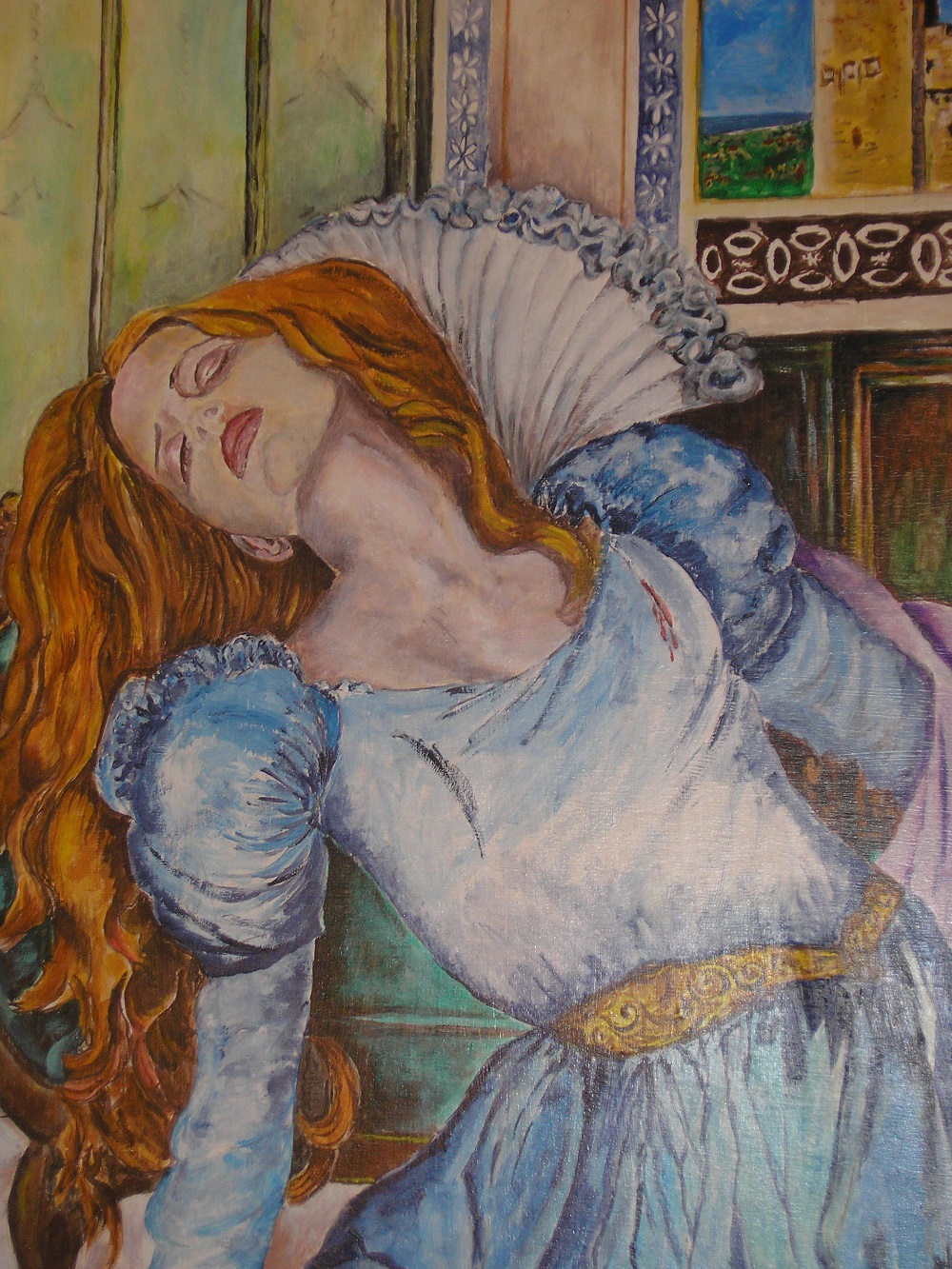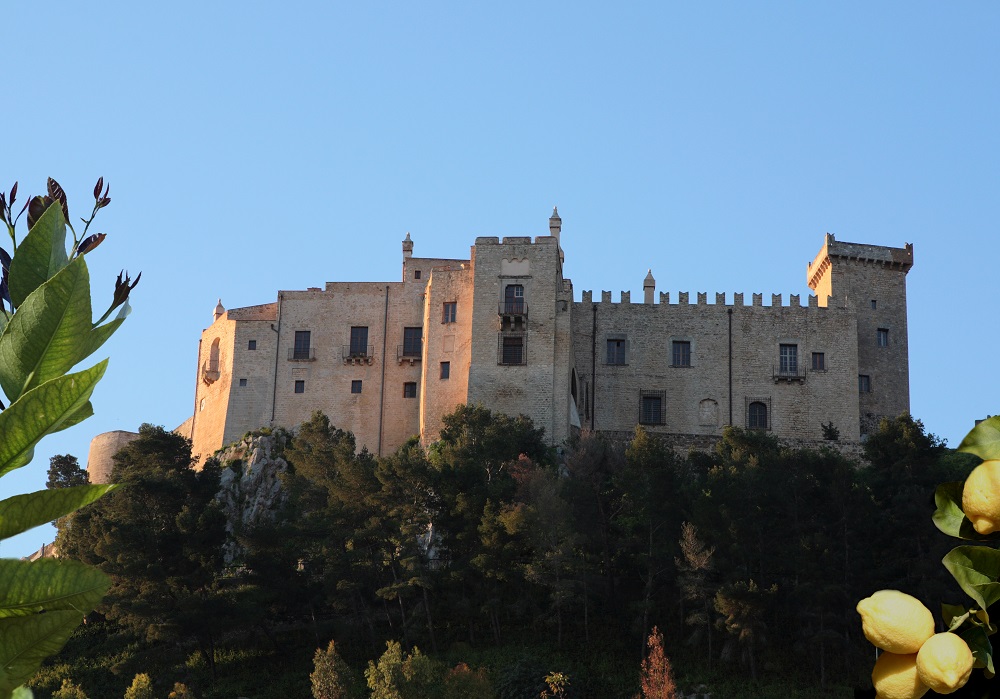Read
English version
Il nome della ridente cittadina della provincia di Palermo e del suo celebre Castello sono indissolubilmente legati ad un fatto di cronaca che ha come protagonista la giovane Laura Lanza, nota come la Baronessa di Carini.
Una triste storia d’amore, conclusasi il 4 dicembre del 1563 con l’assassinio della giovane baronessa per mano del padre, mai dimenticata grazie al racconto dei cantastorie siciliani che, come vuole la tradizione, ne hanno conservato la memoria attraverso la rappresentazione in pubblico della ballata omonima.
La vita di Laura Lanza, vittima di un matrimonio combinato con don Vincenzo la Grua Talamanca e quindi la sua storia d’amore con Ludovico Vernagallo, suo amato sin dalla più giovane età, e il suo assassinio per mano di suo padre che la sorprese con Ludovico – nel secolo scorso è diventata il soggetto di uno sceneggiato di successo e di grande impatto emotivo che ha reso ancora più celebre la storia.
“Signuri patri, chi vinistivu a fari?
Signura figghia, vi vegnu a mmazzari”
Questi due versi arcinoti, che forse un po’ più degli altri raccontano l’efferatezza di questo delitto, fanno parte della ballata che viene ancora rappresentata nelle piazze o nei piccoli teatri folcloristici dai nostri cantastorie. Assistere ad una loro performance è un’esperienza da fare assolutamente.

Antica fortezza in età normanna, il Castello fu oggetto di varie trasformazioni nel corso dei secoli, l’edificio presenta nell’impianto e nella struttura architettonica diverse sovrapposizioni di stile che sono state portate alla luce durante il recente restauro.
Circondato dall’antico borgo medievale, in cui si notano tracce della prima cinta muraria, conserva ancora significativi resti della fortezza normanna.
Alla fase trecentesca risale invece l’ala nord che si affaccia sulla corte e sulla vallata con elementi superstiti di bifore e trifore di stampo gotico.
Più profonde le trasformazioni quattro-cinquecentesche, chiara testimonianza del gusto gotico catalano dei nuovi proprietari, testimonianza di quello stile plateresco di derivazione spagnola che caratterizza l’architettura siciliana dei primi decenni del XVI sec.
Il Castello subì ancora nel tardo settecento ulteriori trasformazioni per essere adeguato alla nuova funzione di residenza di villeggiatura che assunse con l’inurbamento della vecchia aristocrazia
Orari: visita il sito ufficiale . Telefono 091 8611213
ENGLISH
The name of the charming town in the province of Palermo and its famous Castle are inextricably linked to a crime story whose main character is the young Laura Lanza, the Baroness of Carini. On 4 December 1563 a sad love story ended with the murder of the young baroness committed by her father, a never forgotten event thanks to the tale of Sicilian storytellers who have preserved the memory through the performance of the Baroness ballad in accordance with the tradition. The story tells about Laura Lanzas life, her arranged marriage with Don Vincenzo La Grua Talamanca and her romance with Ludovico Vernagallo, her beloved since her early age, then her murder by her father who caught Laura with Ludovico in the last century this story became the subject of a successful drama making a great emotional impact on people so as to render it more famous. Signuri patri, chi vinistivu a fari? Signura figghia, vi vegnu a mmazzari ( Father, why are you here ? Daughter, Im here to kill you!). These renowned two lines which perhaps tell of the brutality of this crime more than the others, are part of the ballad that is still performed in the squares or in the small folklore theatres by our storytellers. Watching this performance is something to experience absolutely.
The Castle, an ancient fortress in Norman times, underwent changes over the centuries. The plant and the architectural structure of the building have different style overlays that have been brought to light during the recent restoration. Surrounded by the ancient medieval village, where there are still traces of the original defensive walls, it preserves significant remains of a Norman fortress.

The north wing which overlooks the courtyard and valley dates back to the fourteenth century with surviving elements of Gothic mullioned windows. The 15th -16th modifications are deeper and bear witness to the Catalan Gothic style of the new owners, evidence of the Spanish derivation plateresque style characterizing the Sicilian architecture of the sixteenth century first decades.
In the late eighteenth century the Castle still underwent further changes to be adequate to the new holiday residence function thanks to the old aristocracy urbanization.
Timetable: website Contact: 091 8611213

